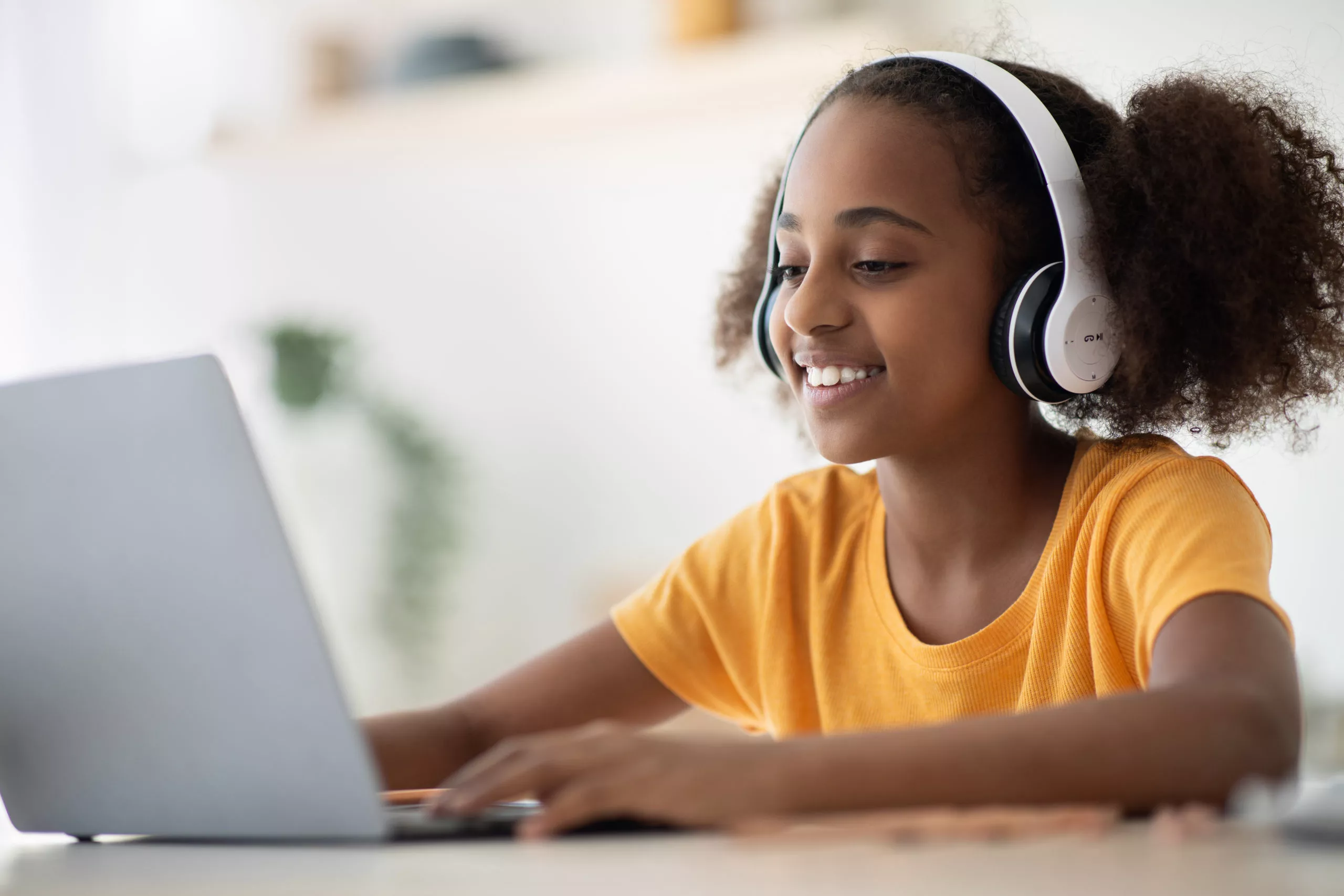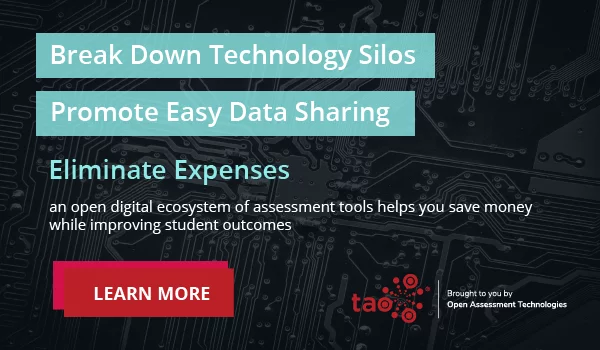What is Blended Learning?
Blended learning combines remote learning with face-to-face classroom learning. There are many different varieties of blended learning, and they all differ greatly from traditional classroom learning. However, the one thread that runs through all of them is that they provide a mixture of on-site and remote learning in some way.
For example, in a hybrid learning model, some students are in the class physically, while others dial in via video conferencing software. Another model, which relies less on technology, is flipped learning. Here, students are expected to complete preparatory assignments at home before coming into class to discuss what has been learned.
How is Blended Learning Being Implemented in K12?
Many K12 educational institutions have implemented a blended learning system in some form or another as we emerge from the pandemic. The institutions that have done so best are the ones whose learning systems are underpinned by interoperable technology. So what is interoperable technology? It refers to the ability of different pieces of tech and software to share data seamlessly, creating a connected, more efficient digital learning environment.
In EdTech true interoperability is only possible when technology adheres to open education standards. Take online assessment software, for example. Many institutions are adopting digital assessment as a key component of their blended learning environments. With an assessment platform built on open standards, an institution can ensure seamless integrations with other learning tools and information systems, and easily exchange data across those systems to provide a holistic, frictionless experience for both educators and students.
Equity is also crucial in blended learning. Institutions are looking carefully at the accessibility compliance of blended learning tools and how they can meet the needs of students of various abilities and ages. At the same time, they must consider the accessibility of these digital tools for educators. When software is difficult to use or lacks accessibility, both learning and teaching suffer. Digital tools that adhere to the latest WCAG accessibility requirements effectively remove access barriers for students and educators to ensure equity and promote better learning outcomes.
Check out our series about accessibility in education in online assessment to learn more.
Benefits of Blended Learning for Students and Institutions
There are many benefits to blended learning, for both students and educational providers. A key one is student engagement. Studies have shown that many students feel more comfortable vocally engaging in learning when they are in an environment they find comfortable. While some students feel comfortable in a classroom, many don’t, and being able to engage with learning while in their own homes appears to be beneficial.
Blended learning also gives students more control over their education, which is thought to increase engagement. Allowing students to choose where they work – at home or in class – gives them a degree of agency over their life, and avoids them feeling like they are being dictated to. This can help students take ownership of their studies, and feel more engaged while they are learning.
Additionally, the opportunity to access data through interconnected technology is a benefit of a blended model. This means that students in a blended learning environment can access the information they need at any time, not just during class hours. At the same time, educators are able to better understand the whole student learning journey, allowing them to tailor their instruction or provide more personalized, targeted interventions for students.
The Way Forward
However, despite all of the progress made, blended learning is still in its infancy as a mainstream form of education. There’s still some way to go to fully optimize a blended approach, maximizing its potential for students and educators alike.
Increasing the usability of interoperable technology is going to be a key area that requires improvement over the coming years. Interoperable technology that works well can elevate a class from an acceptable standard of learning to an exceptional one. Well implemented interoperable and accessible technology can also help improve learning equity. When done right, digital learning can be one of the most accessible forms of learning, as students are not restricted by limitations of traditional education.
—
The future of blended learning is feature-rich and personalized, allowing a far better experience than could ever be offered in the traditional classroom setting. We are not quite there yet, but we are closer than ever.

